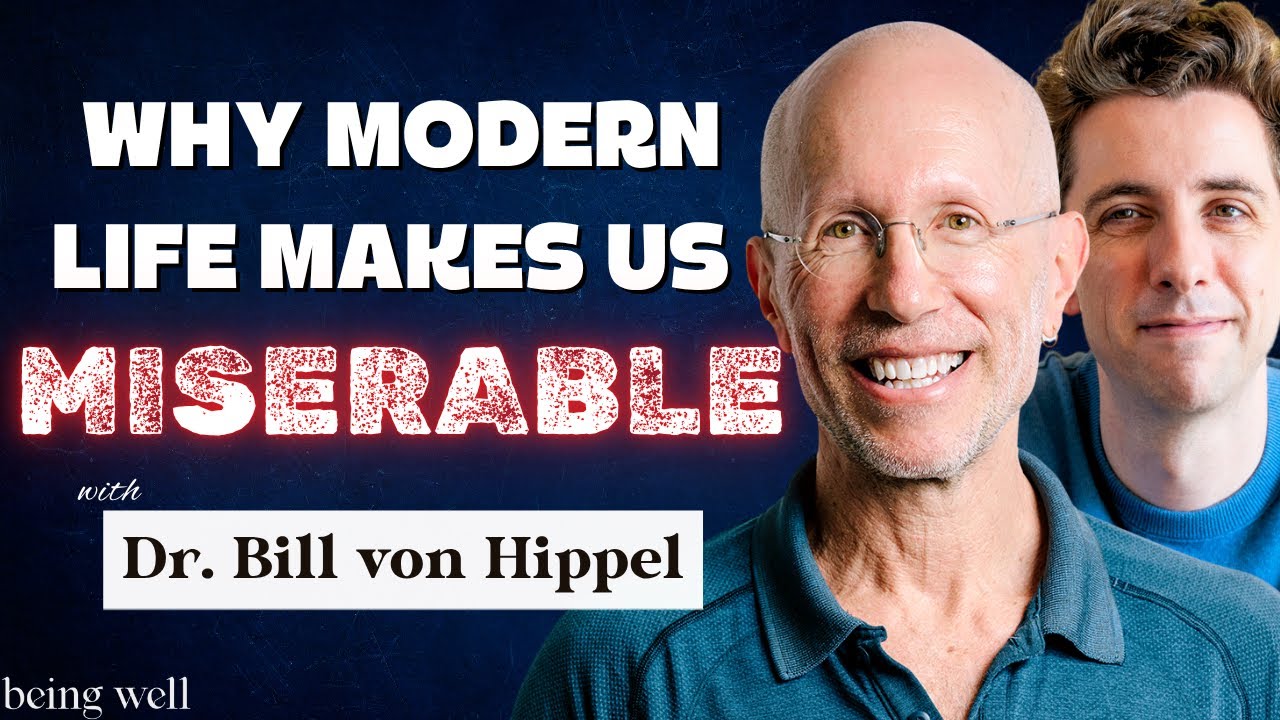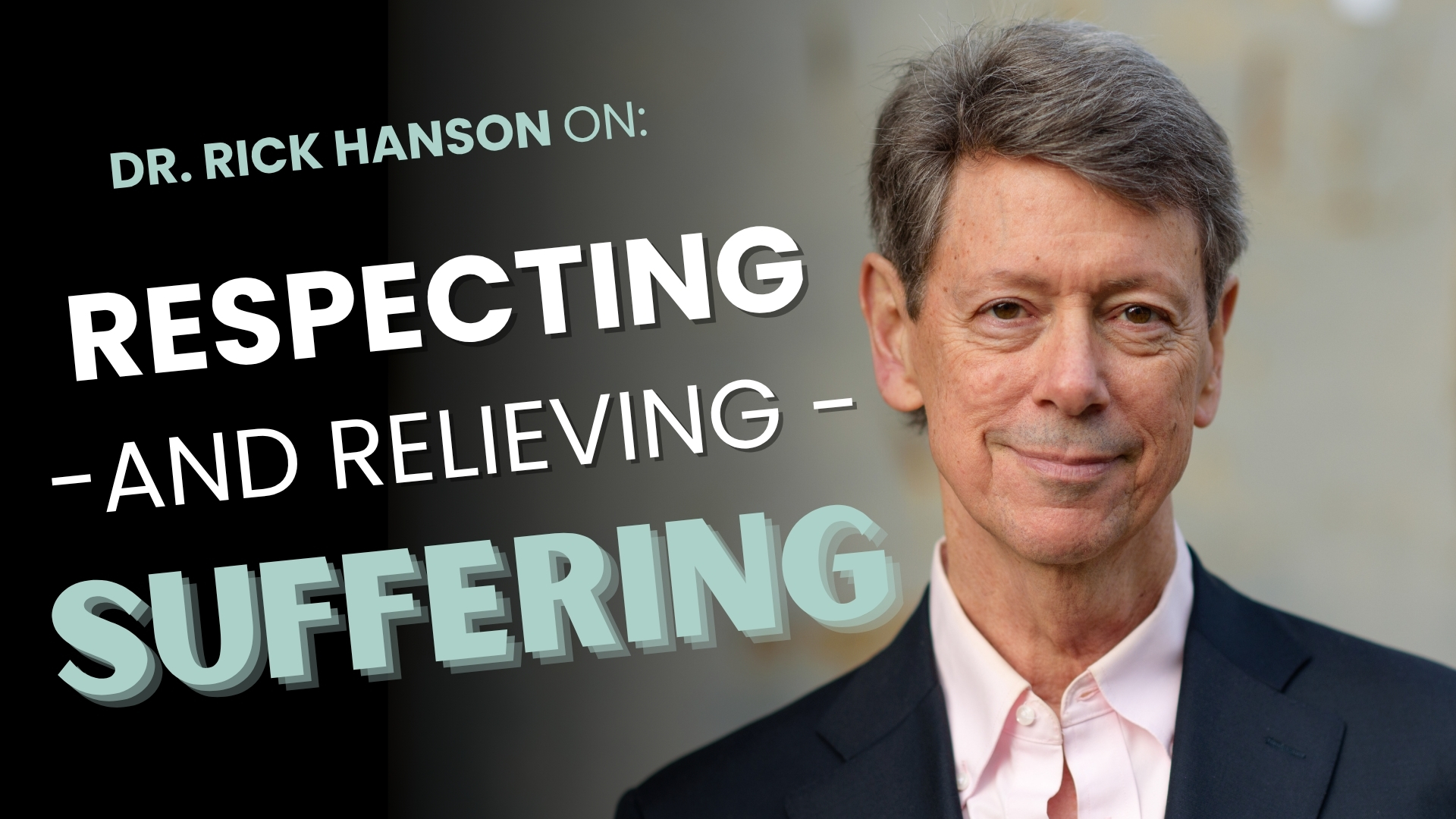“Let go a little, you’ll have a little happiness. Let go completely, you’ll be completely happy.”
Letting Go of Body Sensations
- Ordinary breathing, focusing on exhalation, intending to let go.
- Diaphragm breathing.
- Breath of fire.
- Heartmath: Breathing evenly through the heart with a positive emotion.
- Scanning the body and releasing tension. Progressive relaxation.
- Using imagery to relax.
Letting Go of Thoughts
- Two fundamental errors of thought:
• Overestimating the bad.
• Underestimating the good.
- Systematically argue against errors of thought, on paper or in your mind.
- Identify “sub-personalities” generating errors of thought; thank them for sharing, ask if they have anything new to say, and then tell them to shut up.
Letting Go of Emotions
- As with any unpleasant experience, have compassion for yourself.
- As you release negative emotions, sense positive feelings replacing them, like security replacing fear, worth replacing shame/guilt, peacefulness replacing anger.
- Name the feeling, own it, and accept it. For bonus points, try to choose it.
- Imagine/sense the emotion leaving on the exhalation, or draining out of the body, or being released to the universe or even to God/the mysterious Divine.
- Use imagery, like standing in a cool mountain stream washing pain away.
- Sense the underlying softer, deeper, younger feelings, and then let them go.
- Venting safely, like writing letters you don’t send, yelling, hitting something SAFE.
Letting Go of Wants
- Same methods as with releasing emotions: Naming and accepting. Draining out of the body.
- Releasing via imagery. Sense the underlying, positive wants, and respond to them.
- Do a cost/benefit analysis, and choose what you really want.
- Reflect on the suffering that is embedded, that’s inevitable, in most desires.
Letting Go of Self
- Perspectives: The more we “self” experience – personalize it, identify with it, cling to it – the more we suffer: “no self, no problem.” The degree of self varies; it’s not an omnipresent fact; it’s continually constructed. When self is minimal or absent, notice that it’s not needed to function in life.
- Observe the activity of self and experiment with reducing it.
- When others are upset, see the ways it’s not about you: They’re on automatic; you’re a bit player in their drama; they are already punishing themselves; you are separate, with good boundaries.
- Each day, take time to sense the fact of your interconnectedness with everything.
In General
- Be the awareness of the experience, not the experience itself.
- Notice that all experiences change.
- Keep evoking positive feelings.
• • • • •




